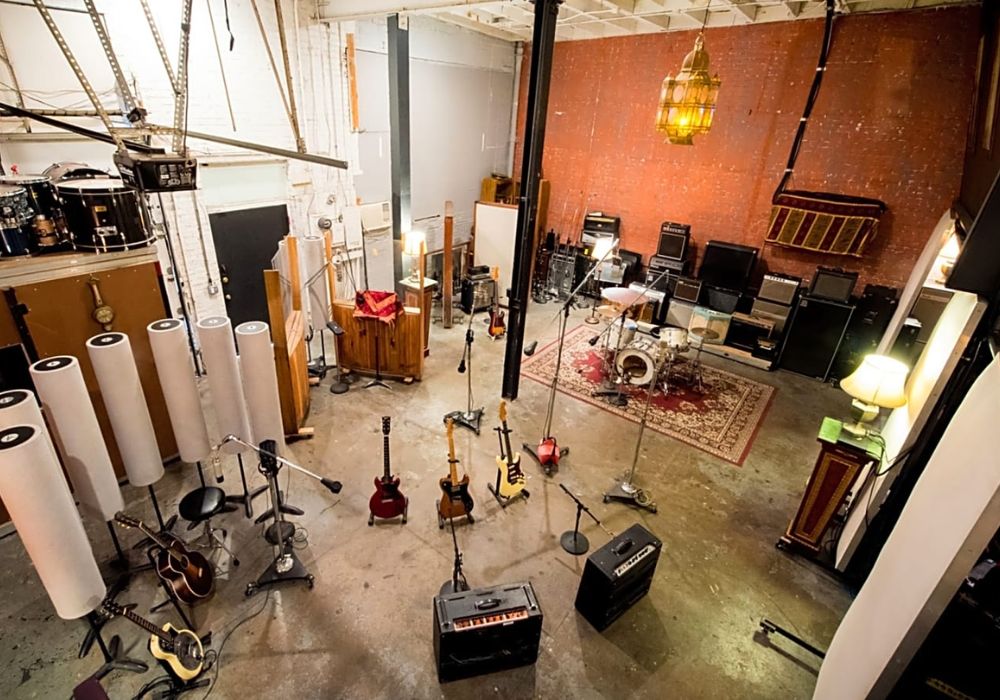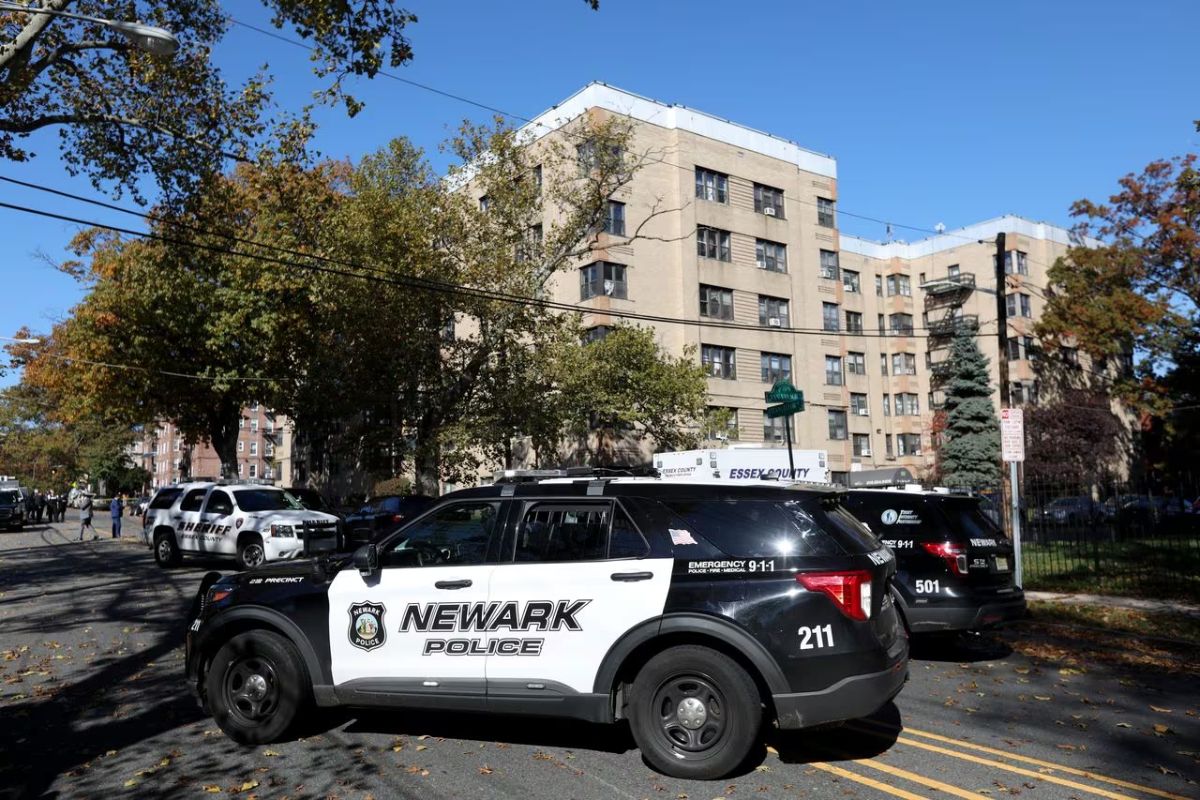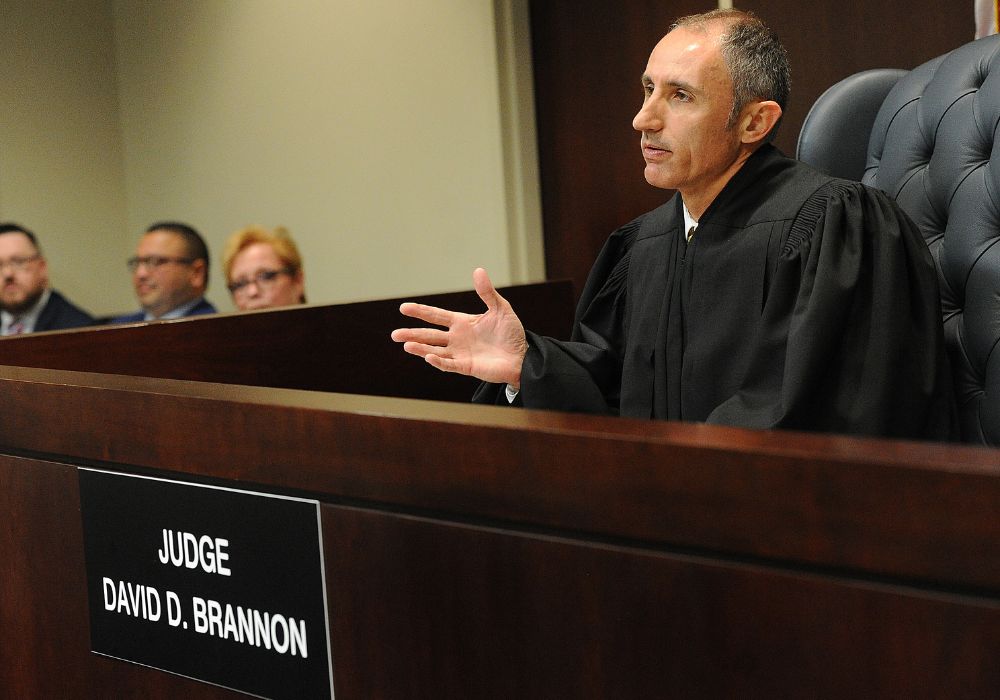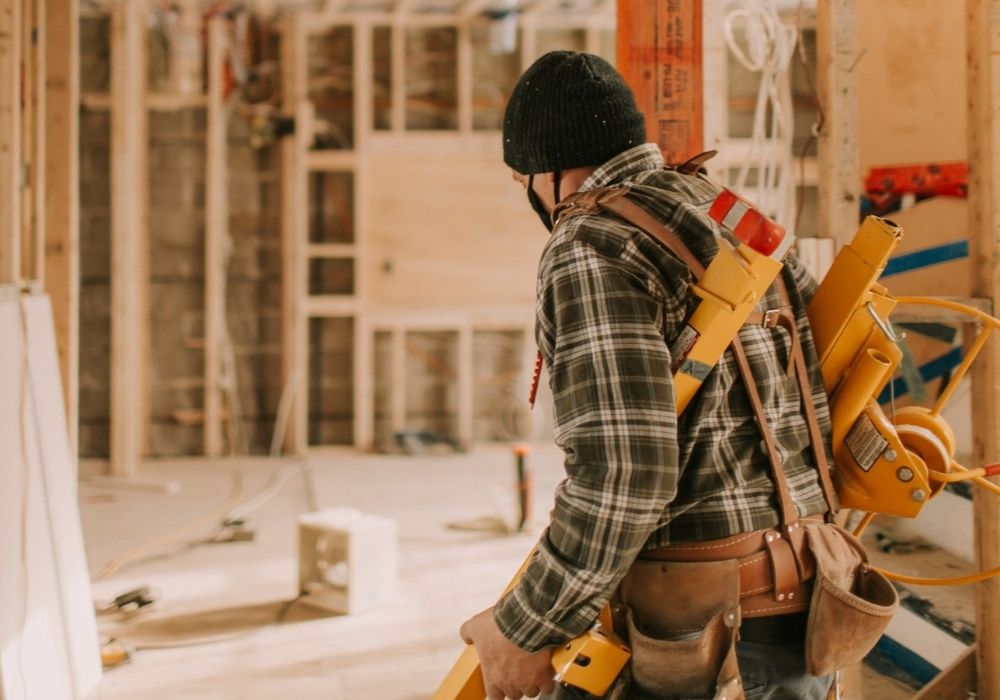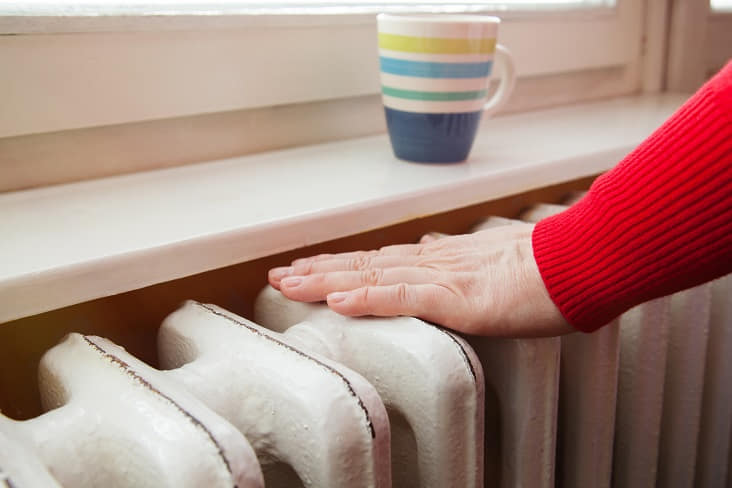The condition of the carpet in an apartment plays an important role in determining the livability and comfort of the rental unit. As landlords look to maintain their properties and satisfy tenants, there are guidelines around when carpets should be replaced.
This article will explore the questions of when apartments change carpet and what factors landlords consider.
When is it necessary to replace the carpet between tenants?
Carpet should generally be replaced every 5-10 years depending on wear and tear. If the carpet is heavily stained or damaged beyond normal wear after a tenant moves out, replacement may be required before the next tenants move in. Landlords will assess the condition of the carpet and only replace if it poses health or safety hazards.
Related: Who Pays For Carpet Cleaning Tenant Or Landlord?
What constitutes normal wear and tear on carpet?

Normal wear and tear on carpet includes flattening of pile in high traffic areas, minor staining that can be cleaned, and gentle fading of color over time. Large tears, cigarette burns, pet damage with odors, and impossible to remove stains would exceed normal wear. Only extreme damage beyond this would require carpet replacement between tenants.
Can a landlord charge a security deposit for worn carpet?
A landlord can withhold part of the security deposit if the carpet requires cleaning or replacement due to tenant-caused damage beyond normal wear and tear. This includes stains, burns, tears or odor damage from pets. However, natural flattening or fading of carpet over several years of standard residential use would not warrant loss of the deposit.
How long can carpet last in an apartment?
Quality carpet can typically last 10-15 years with regular vacuuming and cleaning. Low or medium-grade carpets installed in apartments may only last 7-10 years before needing replacement. Factors like tenant foot traffic levels, cleaning habits, and any accidental or deliberate damage will affect carpet lifespan the most between replacements.
What are some signs carpet needs replacement?
Visible signs include deep seated dirt or stains that won't come out, loose or fraying tufts of fiber, bald spots, burns, tears or rips. Smells emerging from the carpet indicate need for replacement. Landlords may also proactively replace carpet that is over 10 years old before it becomes a health issue.
Can tenants request carpet replacement?
While tenants can request replacement, landlords have no obligation to replace carpet until necessary for safety or health reasons. Tenants would need to prove the carpet poses a hazard or is uncleanable. Landlords may be open to replacing sooner if the tenant signs a longer lease and pays a small rent increase to offset replacement costs.
How much does it cost landlords to replace apartment carpet?
For a typical 600-700 sqft 1 bedroom apartment, carpet replacement costs range from $1,500-2,000 on average. Some landlords can spend less if the rooms allow efficient installation without excess remnant waste. Quality carpet materials and installation labor fees drive the costs. Landlords aim to replace every 10-15 years to get maximum performance for investment costs.
What alternatives exist to replacing carpet?
Rather than full replacement, landlords may have professional cleaners deep clean carpets between tenants. This can restore appearances and extend carpet life by a few years for a fraction of replacement costs, around $150 on average. Tenants can also suggest cleaning to freshen carpets versus demanding immediate total replacement work.
Conclusion
In conclusion, most landlords do not replace carpets in apartments after every tenant change unless the existing carpet poses health or safety issues. Normal wear and tear over several years is expected. Only when carpet becomes heavily damaged, stained or exhibits odors beyond cleaning will landlords invest in replacement between leased terms.
Both landlords and tenants can agree on professional carpet cleaning to refresh interiors where possible rather than automatic assumption of full carpet replacement. Communication on carpet conditions helps determine proper maintenance approaches over time.
